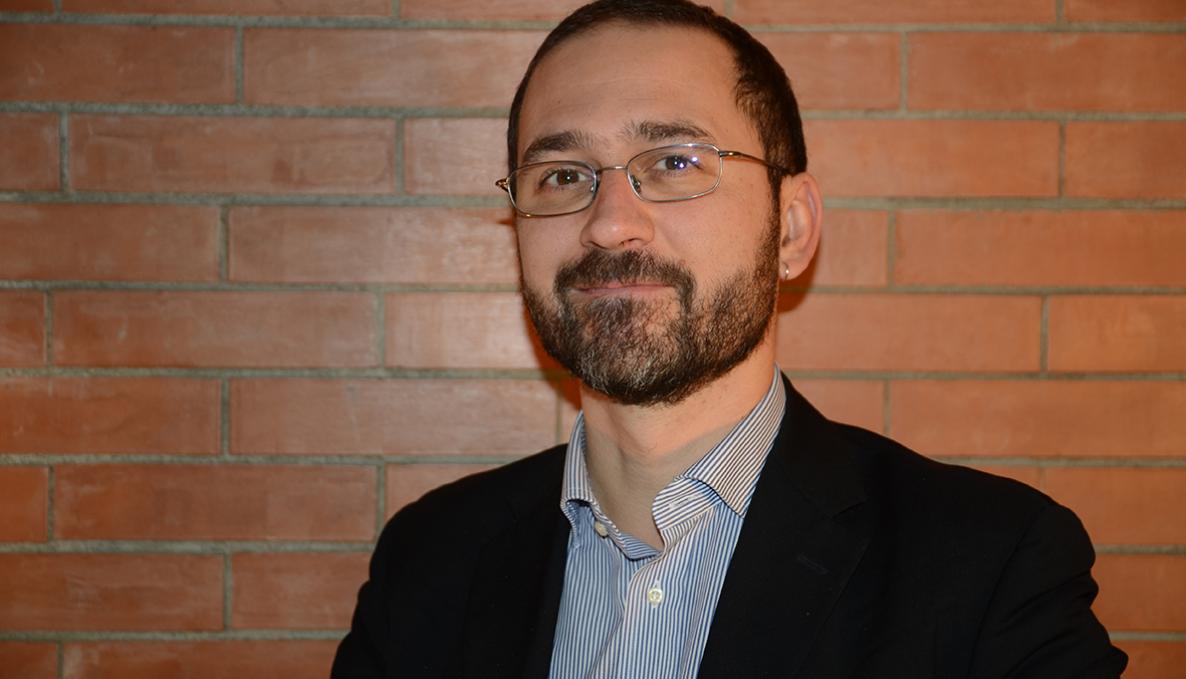A new therapy to improve gait and impulse control in people with Parkinson's disease. The CALM project, coordinated by Alberto Mazzoni, has received funding from the Italian Fund for Applied Science

Developing a new therapy for people with Parkinson's disease that can affect symptoms such as gait and impulse control. The CALM project (Capturing Basal Ganglia Dynamics for accurate and versatile Deep Brain Stimulation Therapies), coordinated by Alberto Mazzoni, assistant professor at the BioRobotics Institute of the Scuola Superiore Sant'Anna, has obtained important funding from the Fondo Italiano per la Scienza Applicata (FISA), the new programme of the Italian Ministry for Universities and Research to enhance Italian research.
CALM was selected within the 'Engineering and Technology' category, has a duration of 60 months, and aims to change the approach to therapy for Parkinson's disease.
'In the past few years, I have been working on the neural origin of many aspects of Parkinson's disease: the alterations in leg and arm movements, problems with impulse control and verbal communication. The challenge now is to put together all the elements of the Parkinson's puzzle in order to be able to develop effective therapies for a broader spectrum of symptoms, without side effects,' says Alberto Mazzoni, who with his research laboratory, the Computational Neuroengineering Lab, is carrying out work to understand the analysis of dysfunctions in the neural circuits at the origin of various diseases.
The development of an algorithm capable of identifying symptoms in real time
In order to advance the project's goals, it is necessary to make a qualitative advance in understanding the dynamics of the areas of the brain involved (the basal ganglia) and how this changes in the case of disease. The CALM project will study the links between motor and cognitive symptoms and the effects of therapies on the nervous system in the long term. This new knowledge will enable the development of two new technologies: a simulated environment in which it will be possible to test the effects of various possible therapies on a virtual copy of the patient's brain; and an algorithm to be used in combination with the latest Deep Brain Stimulation (DBS) models that can identify symptoms in real time and act to interrupt them immediately.
"The main practical spin-off of the project will be the development of computational and computer systems to support the clinic, which will enable doctors to provide personalised therapies for Parkinson's disease, even for currently difficult-to-treat symptoms such as gait dysfunction and dysfunction of the mechanisms," says Alberto Mazzoni. "Why the acronym CALM? One of the symptoms of Parkinson's that we aim to be able to treat for the first time is impulse control disorder, which is present in 10/15% of individuals with Parkinson's and leads to addiction to gambling, pathological shopping, hypersexuality and similar behaviour. Understanding the origin of this particular symptom would also contribute to a broader understanding of how decisions are made by the human nervous system'.



